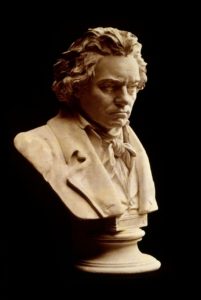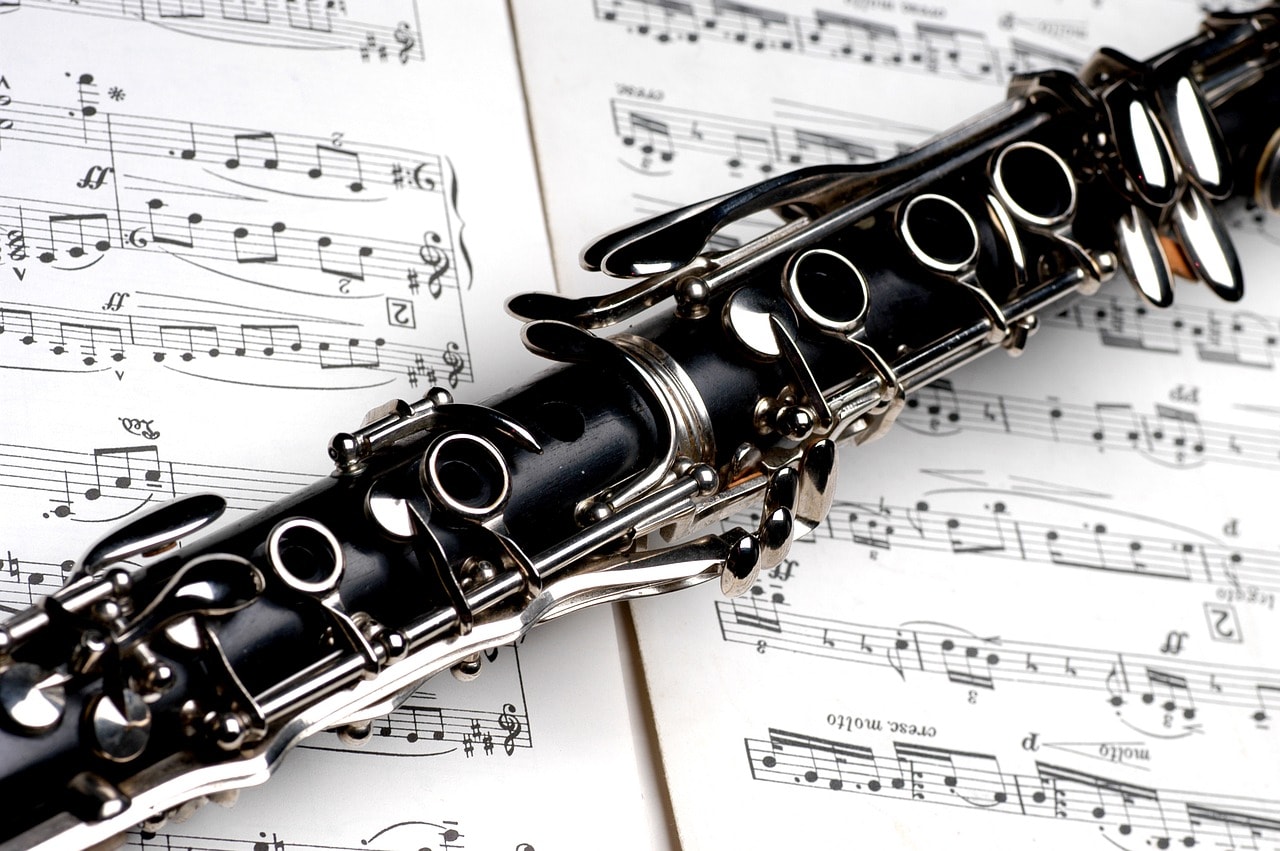The 5th Century saw a wave of a new genre of music that hit the mainstream, called classical music. As art music that is rooted in the traditions of Western culture, classical music included both religious and secular music that gave it a very wide range of acceptance and relevance over a very long time, approximately 1900 years, spanning across several eras.
History of classical music
Classical music began as early as the year 500 AD with Medieval music, which was solely vocal music, such as Gregorian chant (sung by monks during Catholic Mass) and choral music (music for a group of singers). In the 15th century, Classical music entered into the Renaissance era, which gave rise to the emergence of a common, unifying musical language, in particular, the polyphonic style, which is music with multiple and independent melody lines performed simultaneously. From 1600, Classical music took an upward shift when the Baroque era came into play. This was when the idea of the modern orchestra was born, along with opera (including the overture, prelude, aria, recitative, and chorus), the concerto, sonata, and modern cantata.
As time went by, Classical music kept rising and evolving. The Classical period which began in 1750 saw the introduction of a form that has dominated instrumental composition to the present day: sonata form. It came with the development of the modern concerto, symphony, sonata, trio, and quartet. The classical era brought structural and expensive refinement to a new peak, thereby making Classical Music more enjoyable to the public. In 1820, Classical music further grew into Romantic Music, where composers gradually let go of heavily structured pieces and gravitated towards drama and emotion. [the_ad id=”3128″]
This era was the golden age of the virtuoso, where the most difficult music was performed with nonchalant ease. The period brought about more prominence to Classical music, as orchestras began to grow into higher numbers than ever before. Ticket sales for concerts were steady on the increase and it was crystal clear and obvious that the mainstream belonged to Classical Music.
But slowly, the musical taste of the populace began to change. The chart was gradually sloping downward, showing unfavorable trends against the then almighty Classical music. Pop and rock had come to lay a claim on the majority stake of the mainstream that had always belonged to Classical Music. The younger generation was fast coming and it seemed like they really didn’t understand the language called; classical. All they understood was beats, rap, jazz, and all the razzmatazz that pop and rock had introduced to them.
Looking at some very vital features of classical music, one will argue that it will always be on the mainstream. Considering the variety and contrast within a piece of classical music, the increase that came to the orchestra in size, range, and power, prolific and skilled composers such as Joseph Haydn of Austria, Wolfgang Amadeus Mozart of Germany, Franz Schubert of Austria and Ludwig van Beethoven of Germany.

The technical development in instruments that supported classical music, how cadences in all keys sounded similar, the widespread adoption of classical music, how the piano and then the pianoforte replaced the harpsichord to enable more dynamic contrast and more sustained melodies, how keyboard instruments became richer, more sonorous and more powerful, everyone will strongly disagree to a questionnaire that asks if classical music can go out of the mainstream.
Well, one may ask, did classical music go extinct? No, not at all. As it as always been, musical eras and their prevalent styles, forms and instruments rarely disappear at once. Rather, features are replaced over time, until the old approach is simply felt as “old-fashioned”. As such, the classical style did not “die” suddenly; rather, it phased out gradually under the weight of changes. Nevertheless, having such a rich history and indisputable relevance, classical music should be able to become mainstream music again.
In the early 1990s when concert ticket sales were on the decline and classical music was beginning to fade out, there was still some form of life in it, as it still served some faithful who refused to be carried away by trends but stick to what they have always loved. This 20th Century Classical music era can be described as a free reign for composers.
Because, before now, every period had a general set of guidelines and characteristics that most composers followed. But in this period, composers started pulling further and further away from rules and restrictions into what is ultimately now a place of complete free reign. Prolific composers in this period include Igor Stravinsky, Béla Bartók, and Dmitri Shostakovich.
[the_ad id=”3130″]
The new classical music age
However, since the year 2000, a new musical term emerged, called; “21st-century classical music” which suggests the second coming of classical music into the mainstream. Even though the 21st-century classical music is defined basically by the calendar and does not refer to a historical style period in music, the advent has introduced polystylism, postmodernism, and eclecticism, which seeks to combine classical music with multimedia, the internet, alongside other related technology.
Composers have now come to embrace the growing technological advancement of the 21st century. A notable example is Tan Dun who composed the Google commissioned Internet Symphony No. 1—”Eroica” in 2008 and was performed in collaboration with the YouTube Symphony Orchestra. The Tan Dun musical work used the internet to recruit orchestra members and the final result was compiled into a video, which premiered worldwide on YouTube.
Another outstanding example, is Timothy Adesina, a virtuoso pianist, organist, and composer who is leveraging on technology to restore limelight to classical music. As at the date of writing, he has over a hundred thousand views on his YouTube channel, thereby making him a leading virtuoso pianist, organist, and composer in the world. Little wonder why he is popularly referred to as the Beethoven of the 21st century.
Timothy Adesina playing Scriabin Etude Op.8 No.12 Subscribe to his YouTube channel
The 21st-century classical music also ushered in a growing trend that combines elements of diverse music genres coherently to provide a body of work. These improvisations and innovations are gradually making classical music appealing to the younger generation who mostly despise it. But what the younger generation fails to understand is that classical music largely influences almost every genre of today’s popular music. In that, nearly every popular music today has a chorus in it and the chorus was first seen during the Classical era.
A vast majority of songs we hear on the radio today are structured to include a chorus. Funny enough, it’s the part of the song we remember the most, and we have the Classical era to thank for it! By implication, we can say that Classical music has returned to the mainstream.
However, even though, modernism took on different qualities in different national cultures and seem to make the well soothing music old fashioned, modern classical composers like Timothy Adesina, John Adams, Steve Reich, Phillip Glass, etc have decided to change the narrative by taking advantage of modernization to create beautiful music that excites the public.
Thereby, ensuring the labor of heroes like Mozart, Beethoven, and other countless other classical composers and piano composers doesn’t go in vain. Thus, it would be nice to think the reign of the era of Viennese Classic (as referred to by Germans) has the potential for a comeback in our lifetime since creativity is now on the rise. Thanks for reading. Please let me know your thoughts in the comment section below.

A content creator by profession. Out of work, he helps young Africans live meaning and purpose-driven lives. You may also want to follow him on Instagram and Twitter – @seunrichboss.

One Reply to “Can The Great Classical Music Become Mainstream Music Again in the 21st century?”
Tom zack
Beautiful write up… I’ll love to see more of this!
Comments are closed.